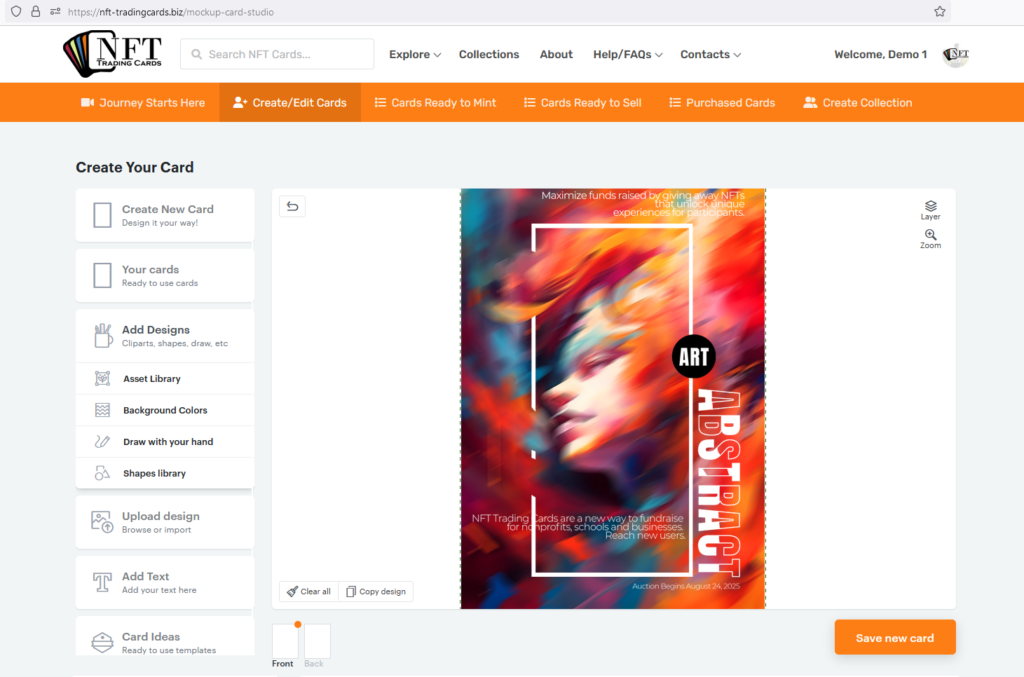Unique Digital Assets
NFTs (Non-Fungible Tokens) provide a digital certificate of ownership for unique digital assets, recorded on a blockchain. This ensures that ownership information is transparent, immutable, and easily verifiable by anyone. Blockchain is a decentralized ledger that records all transactions. When an NFT is created (or “minted”), it is assigned a unique identifier and recorded on the blockchain. This entry includes details such as the creator, ownership history, and transaction timestamps.

Smart contracts, which are self-executing contracts with terms directly written into code, play a crucial role in managing NFT ownership and authenticity. They define ownership, manage transactions, and enforce royalties. For example, smart contracts specify the original creator and current owner of the NFT, facilitate secure ownership transfers, and ensure automatic royalty payments to the original creator each time the NFT is sold.
Once an NFT is recorded on the blockchain, the information cannot be altered. This immutability ensures that the ownership record is tamper-proof, providing indisputable proof of ownership and authenticity. Each NFT has a unique identifier that distinguishes it from other tokens, essential for verifying the asset’s authenticity. Additionally, NFTs often contain metadata describing the asset, such as the creator’s name, asset description, and links to the digital file, which is also stored on the blockchain.
NFTs can be traded and viewed across multiple platforms and wallets that support the same blockchain standard, ensuring that ownership and authenticity are recognized universally within the ecosystem. The blockchain’s public ledger allows anyone to verify the ownership history and authenticity of an NFT, building trust and confidence among buyers, sellers, and collectors.
For instance, if you purchase an NFT trading card of a famous athlete, the blockchain entry for this NFT includes the athlete as the original creator, you as the current owner, a unique identifier for the card, metadata describing the card and its features, and a timestamp of the transaction. This information is publicly accessible and cannot be altered, ensuring that your ownership is secure and verifiable by anyone. By leveraging blockchain technology and smart contracts, NFTs provide a robust system for proving ownership and authenticity, making them valuable for digital collectibles, art, and other unique digital assets.

Leave a Reply